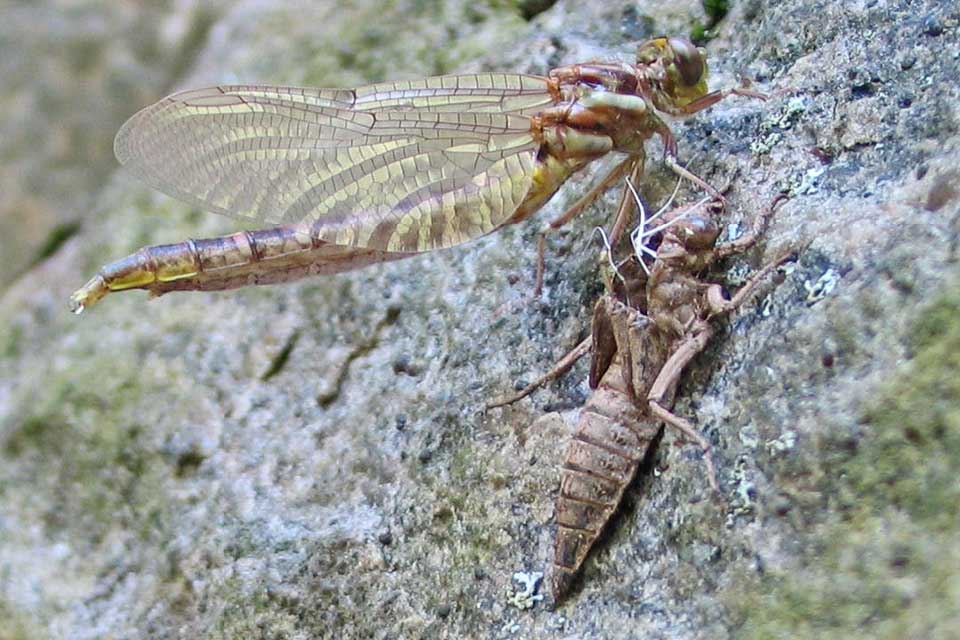An oldie but a goodie!
It’s May and the blackflies are out. These are the tiny creatures that fly into your eyes and ears, and are generally considered a nuisance. Most people call them mayflies, which gives actual mayflies a bad reputation. At Tupper Hill, blackflies usually come out in May, sometimes earlier, but never have I heard them referred to as Aprilflies.
True mayflies, as adults, have a very short life on the wing. Hence the name of the insect order to which they belong, Ephemeroptera, a word with Greek roots: Ephemeros meaning for a day and pteron meaning wing. They have no biting mouthparts and do not feed at all. The purpose of this fleeting life stage is to mate. Their eggs are deposited into a body of water. Mayfly nymphs, or naiads, are fully aquatic and for the most part feed on algae and detritus. They are a very important part of the food web and their presence is used as an indicator of good water quality.
Blackflies are members of the order Diptera, meaning they have two wings (from the Greek dis, meaning twice) like all true flies. Like mayflies, blackfly larvae are aquatic. Aside from a strikingly different physical appearance, the characteristic that stands out to non-entomologists is that adult female blackflies bite. These bites can be extremely itchy, irritating and uncomfortable.
The timing of the appearance of both of these groups of insects in our woods coincides with migration and nesting of many bird species. Their presence provides much needed protein for our avian neighbors. So, while blackflies inconvenience us and give the mayflies a bad rap, both groups of insects do serve a very important purpose.



